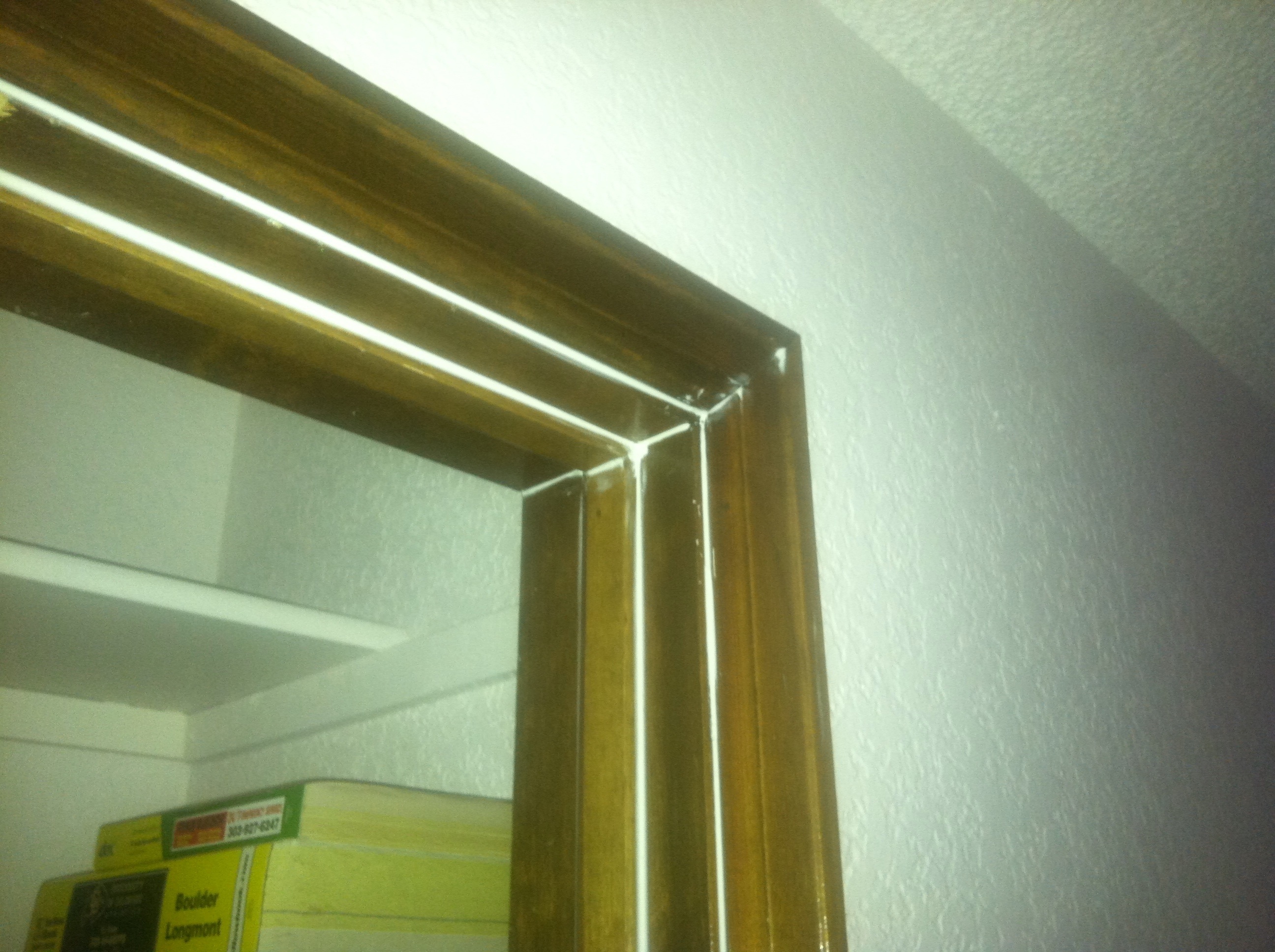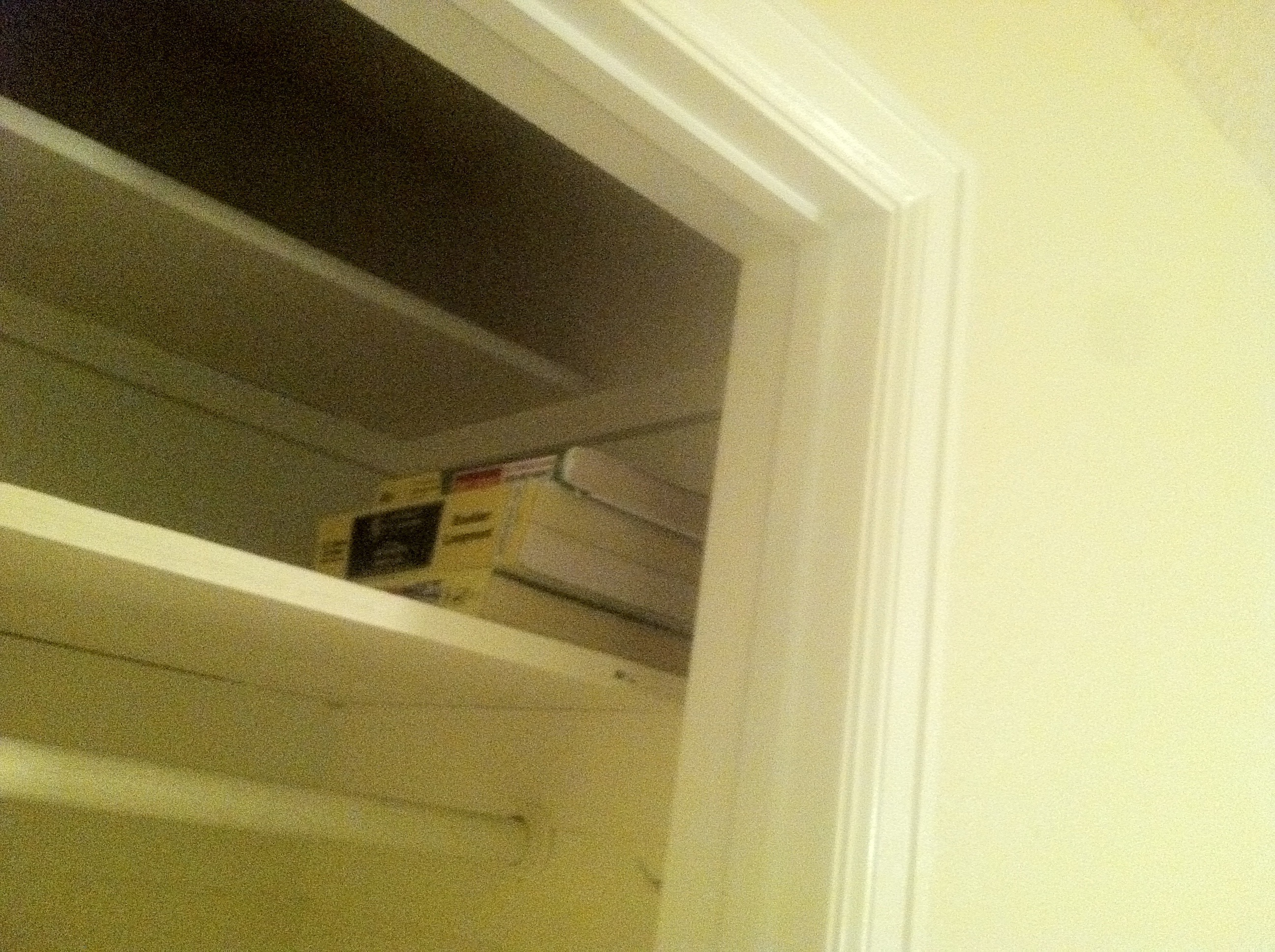Step 1: Purchase the Right Tools
When painting a ceiling, be sure to purchase a paint roller with an extension handle. It’s much easier and less tiring to paint a ceiling while standing on the floor rather than on a ladder.
When painting a textured ceiling, be sure to use a thick-nap roller to ensure that you get full coverage over the bumps and irregularities in the textured surface. For a smooth drywall ceiling, you can use a roller with a smooth or shorter nap.
Painting a ceiling may seem overwhelming if you’ve never done it before. And often it’s hard to see what you’re doing since you may be putting white paint over existing white paint, but Home-improvement expert James Young shows us some tricks from the pros.
Step 2: Prep the Room
To prep the room, remove all of the furniture if possible before you begin painting. Use drop cloths and/or newspaper to protect the floors and any furniture that you must leave in the room. James recommends canvas drop cloths; although they’re slightly more expensive, they tend to work better and are reusable.
Use quick-release painter’s tape to mask around trim and the area of the wall where it meets the ceiling. In our case, we didn’t need to use tape since we also painted the walls and were painting the ceiling and walls in the same color.
Step 3: Prime the Ceiling
It’s advisable to prime the ceiling before painting, using a primer with stain-blocker. Priming the ceiling or walls before painting should ensure that one coat of paint will be sufficient
Step 4: Paint a Cut-In Line on the Ceiling
Begin by painting a cut-in line on the ceiling. This is a 2- to 3-inch strip where the ceiling meets the wall. Start in the corner of the shortest length of the ceiling. For this part of the job, you will need a paintbrush and a stepladder.
Step 5: Paint the Ceiling
While the cut-in line is still wet, begin painting the ceiling with the roller. This is done while the the cut-in line is still wet to prevent a visible line.
The proper technique for painting with a roller is as follows:
Dip the roller in the deep portion of the paint tray.
Roll it back and forth in the shallow end of the tray to squeeze out excess paint and ensure even coverage on the roller.
Use the roller to make a zigzag pattern on the ceiling.
Go over the zigzag pattern with straight strokes to even out the paint.
Once the paint has dried, you may want to go back and apply a second coat, starting with the cut-in line and finishing with the roller.

 painters Lakewood co.
painters Lakewood co.


